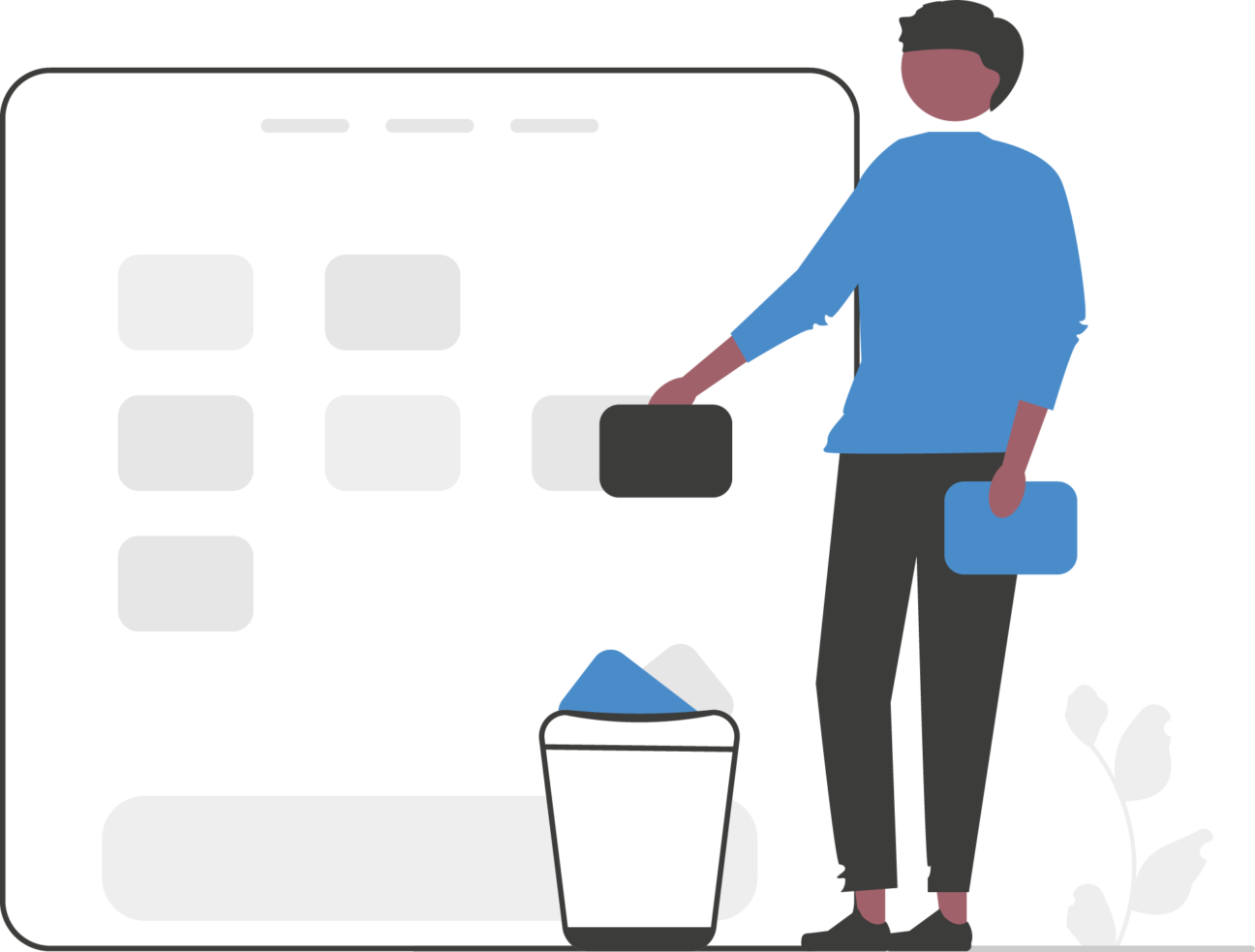As you gain experience in the field of systems integration, you will certainly come across a fixed set of challenges. To resolve your worries, I will briefly discuss them and their possible solutions as well.
Connecting to legacy systems
Connecting to legacy systems, as mentioned before, is one of the most common challenges you will face. Older systems are part of a company, and incorporating both old and new is important. Most of the time, the solution is scenario-specific. You, your team, and the stakeholders will reach an agreement on how to establish a good connection that serves the integration solution.
The canonical data format
With a potentially large number of APIs being built, having a standard on what data to include makes working with data from within possible for all business units. You would not want to burden a team working on another unit to find out what parts of the messaging format from another team mean. By establishing a canonical data format during the architecture and system integration design, we can decide on what data is necessary and how we can represent it in the simplest form.
Meeting demands
The team wants to meet the demands of the client. At the same time, the team wants to make sure that the APIs require minimal changes in the future. The real challenge in this is that you might already be running on a tight schedule. It then becomes your responsibility to convince yourself, the team, the stakeholders, and the client that investing time into this is worth more than having one more person active on other tasks.
Scalability
Thanks to your outstanding solution, the client experienced massive growth in 2022 and decided to offer its services in 10 more countries. The same setup that was running perfectly fine when the client was only serving the Netherlands suddenly becomes vastly overloaded with requests. What now?
As an integration-centered organization, adjusting to the situation is part of your job description. Consider doing a cost analysis for extra on-site hardware or deploying to the cloud.
After go-live maintenance
Last, but not least, choose wisely who you assign to maintenance tasks. Having someone without any knowledge of the inner workings can result in longer conflicts. You generally wouldn’t want to leave the most experienced consultant to maintain the project, either. Based on discussions within the team, the most fitting person can be appointed to the task.

